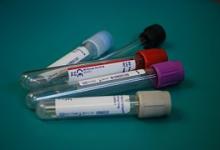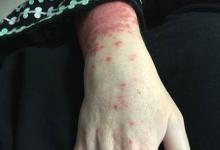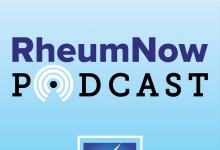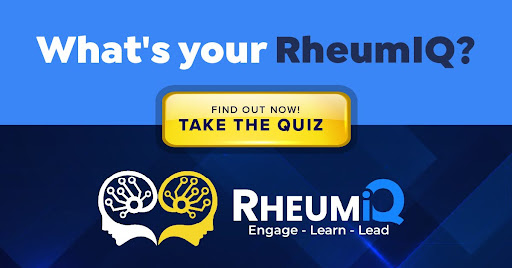ACR 2025 – Day 2 Report Save

Here are 3 abstracts that caught my eye on Day 2 at ACR25. Notably these have takeaway messages that should support your current practices.
- STOP-RA: (Abstract 1647) Dr. Kevin Deane presented the final data analysis of this one-year intervention testing the ability of hydroxychloroquine (HCQ) to prevent the development of rheumatoid arthritis (RA). 144 patients with “at-risk” disease (CCP+ with arthralgia) were enrolled and 142 were treated with either HCQ (<6.5 mg/kg) or placebo for 12 months with another 2 years of follow-up. The primary endpoint was the development of RA at 36 months. Unfortunately, this was a negative trial; with RA developing in 30.4% on HCQ and 32.9% on placebo. The same outcome was observed for an inflammatory arthritis outcome. Predictors for RA development included fatigue, high disease activity by CDAI, RF positivity and coming from the Colorado site. The question is why did HCQ not work? Entry characteristics were similar between groups, but the HCQ group had more tender joints and more RF positivity at entry. Dr Dean said HCQ is probably not the right drug at the right time (meaning early in preclinical RA when helper T cells are getting geared up to cause disease). Nonetheless, CCP at high titers is still a significant risk factor for progression to RA.
- TNF to Prevent D2T-RA: (Abstract 1678) Dr. Toyoda presented the results of a long-term trial from Leeds Univ. looking at 10+ year outcomes from their early arthritis population. In RA the risk of D2T-RA ranges from 5.5 to 27.5%. The best way to treat D2T-RA is to prevent D2T-RA. At Leeds, they analyzed two cohorts who were treated with either csDMARDs or TNF inhibitors within the first 6 mos. of symptoms and were followed for over 10 years. They studied 342 patients (60+% ACPA+) who were assessed at 5 and 10 years for the development of D2T-RA. At 5 yrs, D2T-RA was seen in 7% on csDMARDs and only 0.9% on TNFi. Similar data was seen for 10 years (6% versus 11%) favoring the TNFi group but was no longer significant. Similarly, the odds of sustained remission were higher in those who received TNFi induction versus traditional csDMARDs looking at 5- and 10-year outcomes (62% versus 45%). Another way to interpret these findings is that the long-term success of early TNFi in early RA is proof of a therapeutic window of opportunity in patients with very early RA.
- METOGiA Trial (Abstract 891) was a head-to-head noninferiority trial of methotrexate (MTX) vs. tocilizumab (TCZ) in with giant cell arteritis (GCA). Patients over age 50 yrs. were treated with MTX or TCZ for 52 weeks in combination with a GC taper regimen (42 weeks for new onset GCA, 36 weeks for relapsing GCA). The primary endpoint was at week 78. The percentage of patients who were alive without relapse (83% vs 67%l p 0.006), and remission off prednisone (81% vs 60%; p= 0.0007). At week 52, MTX was not non-inferior to TCZ (P=0.054), but TCZ was not superior to MTX at W78 (P=0.16). TCZ was better than MTX, but not dramatically so.
ADD THE FIRST COMMENT
Disclosures
The author has no conflicts of interest to disclose related to this subject










If you are a health practitioner, you may Login/Register to comment.
Due to the nature of these comment forums, only health practitioners are allowed to comment at this time.